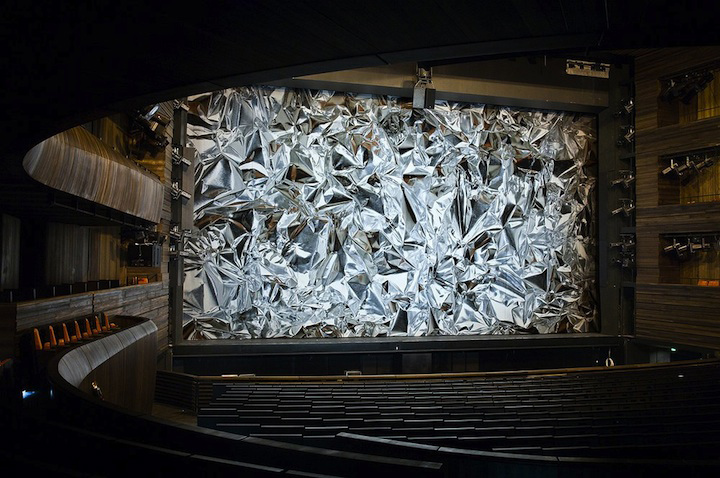One of the biggest shifts that the theatre industry has seen as a result of the pandemic is the rise in virtual experiences. For millennia, theatre has been an art form that brings people together in the same space to share the buzz of excitement and thrill of emotion connected with live performances. However, Covid-19 has made this almost impossible. Over the past few months, institutions have been forced to make changes, but this has allowed for innovations in the field as well. The issue moving forward into the “new normal” is how to operate in terms of offering seasons as in-person or virtual experiences. I believe that theatres will choose to integrate both types of programming into their future season planning because of the developments made during the pandemic.
VR, Simulcast & Growing Theatre Audiences: Connecting with Remote Theater Audiences through 360-degree Simulcast
Technologically enhanced theatre experiences can extend beyond the use of cutting edge performance light and sound tech. Today’s technology allows theaters to reach audiences outside of their physical space through livestreaming performances in Virtual Reality (VR) with VR being defined as an artificial environment which is experienced through sensory stimuli (such as sights and sounds) provided by a computer and in which one's actions partially determine what happens in the environment. Furthermore, livestreaming, defined as when a person or organization “transmit[s] or receive live video and audio coverage of (an event) over the Internet” is becoming a routine part of standard social network experience. Livestreaming through VR, while still a relatively new concept, may allow the virtual audience watching the livestream to feel much more present at the performance than ever before and therefore a theater’s potential audience engagement opportunities.
Aluminum Foil Stage Curtains & Other Oddities
While cruising the net, trying to find the latest and greatest when it comes to arts management and technology, I tend to run across some pretty strange things. They often don't fit into the realm of the arts management focus of our blog, but dang it, they're just too awesome to keep to myself: I
The most stunning stage curtain, ever.
Artist Pae White has created for the Oslo Opera House what could arguably be the craziest main stage curtain to ever grace a stage. White scanned a piece of crumpled aluminum foil and then used a computer aided loom to weave the curtain out of different colors of cotton, wool and polyester. When standing up close, one can see the individual threads, but stand even just a few feet back and well.....well, just look at the picture below:

I went to Barcelona, and all I got was this crappy mini replica of myself.
BlablabLAB's Be Your Own Souvenir is a far cry from some of the cheap junk that you'll find at most souvenir shops. The group hacked a few Kinects, and with the aid of a 3-D printer, gave tourists on Barcelona's La Rambla Street the chance to scan themselves and create their own miniture statuettes. Check out the video below to see some of the results:
I
Theater? We don't need no stinkin' theater!
Ok ok, I'm sure that was not the sentiment that Urbanscreen had when they set out to make WHAT IS UP?, a virtual site-specific theater piece. The piece is a pre-recorded performance, projected onto the wall of a typical dutch dwelling house in Enschede, Netherland. What makes this a projection a site specific piece, also called Lumentecture, is that the projection perfectly lines up with the architecture of the building. Using this technique, Urbanscreen creates an optical illusion of the building's walls giving way to a hidden theater within. Watch the trailer below to get the full effect:







